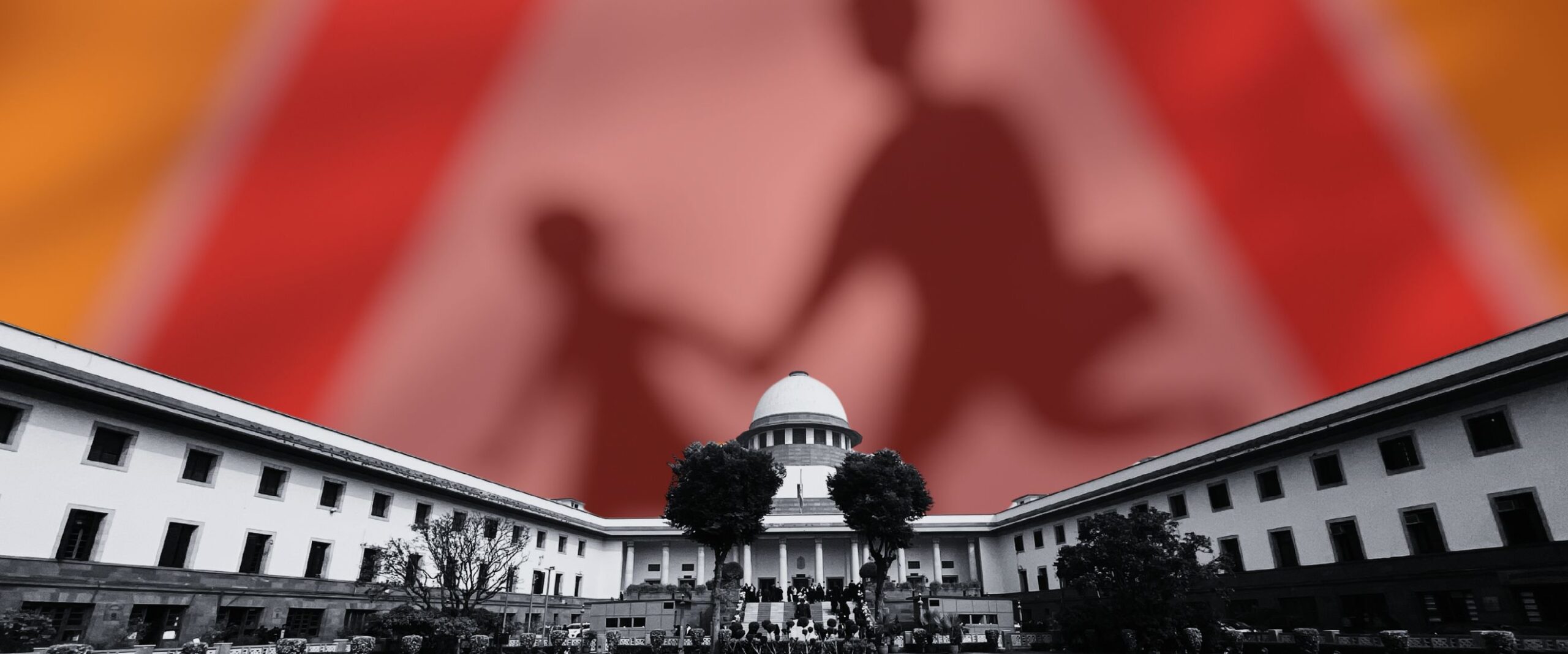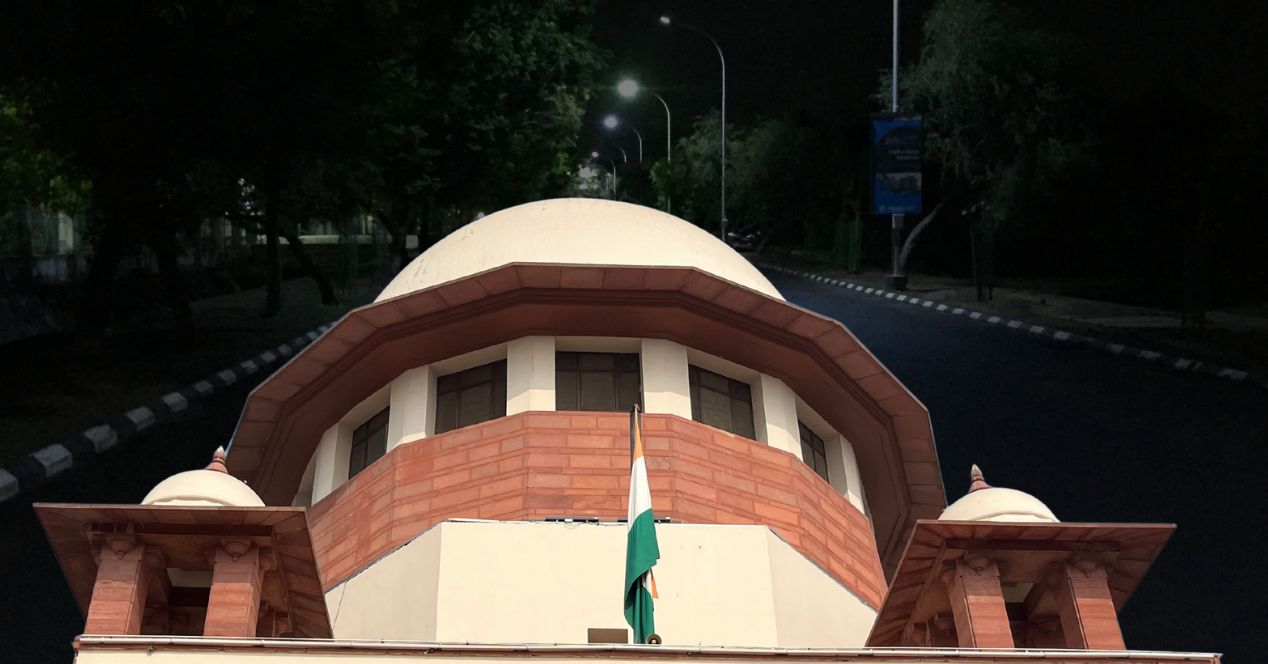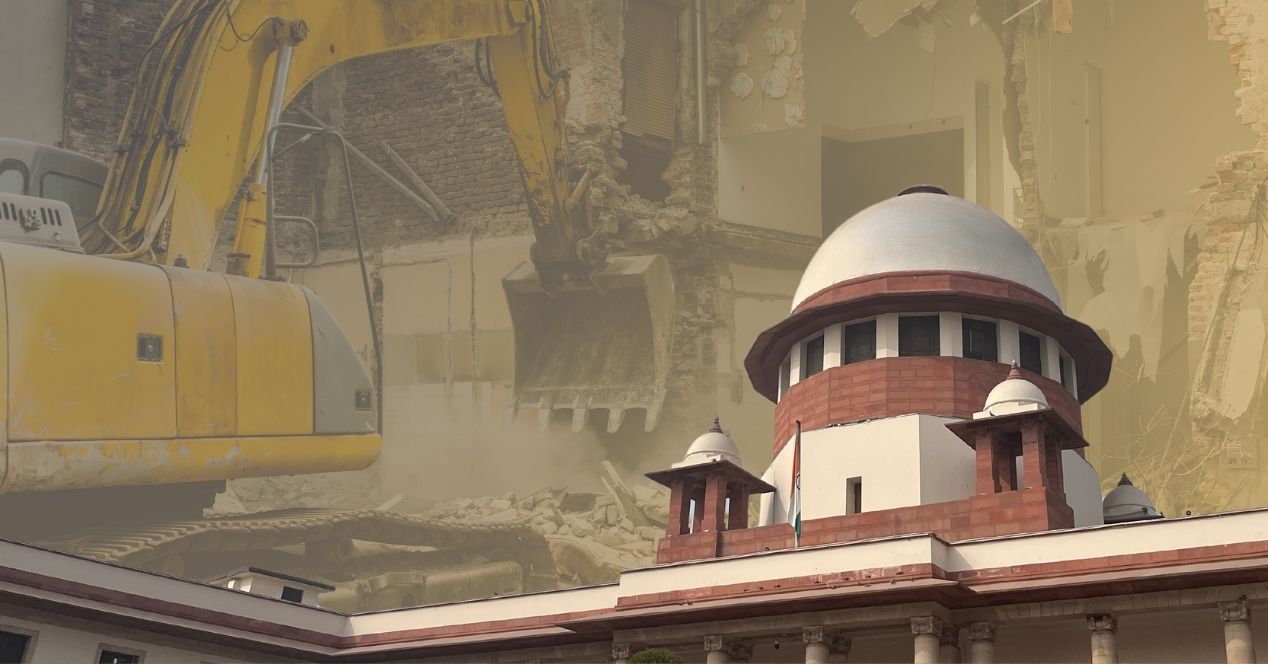Analysis
Supreme Court issues wide-ranging directions on road safety
Concerned by mounting fatalities in road accidents, a Division Bench has given seven months to authorities to comply with the directions

On 8 October, a Bench of Justices J.B. Pardiwala and K.V. Viswanathan issued directions for the implementation of several aspects of road safety across the country. On 1 August, a Bench of Justices Pardiwala and R. Mahadevan had directed the Union to frame pan-India guidelines for pedestrian safety.
Crackdown on no helmets
The Bench directed all state governments, Union Territories and the National Highway Authority of India (NHAI) to strictly implement the provisions of law relating to wearing of helmets by drivers and passengers of two-wheelers. Urging strict enforcement, the Bench encouraged the identification of violations using cameras. It also directed the authorities to share data regarding the number of persons penalised, the number of licences suspended and the amount recovered under challans.
The Bench directed the authorities to take measures such as the use of automated cameras, graduated fines, coloured and textured lane markings (separate bus and cycle lanes, for instance), dynamic lighting, rumble strips, and tyre killers at critical conflict points. The Bench also suggested developing and publishing real-time dashboards on lane violations.
More crossings
Following the 1 August direction on pan-India guidelines for pedestrian safety, the Union had filed an affidavit on 27 August stating that comprehensive guidelines were already framed in June 2022 by the Indian Roads Congress, a technical body under the aegis of the Ministry of Road Transport & Highways.
The Bench now referred to these Guidelines to reinforce the need for frequent opportunities for crossings on urban streets. The IRC has recommended ‘at grade’ crossing (at the street level) over ‘grade-separated’ ones (above or below the street level through foot over bridges or subways). The Bench emphasised that a sincere effort should be made to bring footpaths and pedestrian crossings in conformity with the IRC Guidelines, especially in areas where there is a documented history of road accidents resulting in deaths or injuries to pedestrians.
Lights and hooters
The Bench directed the Ministry of Road Transport & Highways, State Transport Departments and traffic police authorities to prescribe maximum permissible luminance and beam angles for vehicle headlights. It also directed a complete ban on unauthorised red-blue strobe flashing lights and illegal hooters. Further, it called for nationwide public awareness campaigns to sensitise drivers and pedestrians about the hazards posed by dazzling headlights, unauthorised strobe lights and illegal hooters.
Alarming data on pedestrian deaths
The Bench issued these directions in a 2012 case (S.Rajaseekaran v Union of India). The petitioner, a leading orthopaedic surgeon, sought strict enforcement of the road safety rules. The Bench noted, with concern, that official data revealed that more than 35,000 pedestrians were killed in road accidents in 2023. In the same year, more than 54,000 riders and passengers of two-wheelers had died because they hadn’t worn helmets. The same publication (‘Road Accidents in India 2023’) revealed that 20.4 percent of those killed in road accidents that year were pedestrians. This figure has been rising every year—it was 10.4 percent in 2016.
The Bench noted that pedestrian safety is intrinsically linked to broader policy goals, including accident prevention, inclusive mobility, walkability and environmental objectives. It directed the road-owning agencies in 50 cities (as mentioned in Annexure 46 of the 2023 Report) and the NHAI to start auditing existing footpaths, beginning with those that see a heavy footfall of pedestrians and those which had recorded injuries and deaths.
The Bench noted that the audit ought to identify the deficiencies, decide remedial measures and fix a timeline for implementation. It also directed authorities to undertake a structured assessment of footpath and pedestrian zone encroachments to identify chronic hotspots. Other measures suggested by the Bench to ensure continuous protection of pedestrian spaces include: deployment of automated, camera-based monitoring systems; use of physical deterrents such as bollards and guardrails; and regular clearance drives supported by GIS mapping and photographic records.
Priorities and hotspots
The Bench directed that first priority be given to the road crossing at the Delhi High Court and the National Zoological Garden on the Mathura Road. It imposed a timeline of seven months for the authorities to create a traffic calming measure at the spot—this could take the form of a red light, a foot over bridge or additional pedestrian crossings. For other busy intersections, the Bench suggested installing signallised crossings with actuated signals, audible cues and improved signage.
Statutory provisions
The Bench insisted on invoking Section 198A of the Motor Vehicles Act, 1988 to hold officials and contractors personally liable in cases of pedestrian deaths due to infrastructural or design failures.
The Bench also granted six months to states and UTs to formulate and notify rules under Section 138(1A) of the MV Act, for regulating the “activities and access” of non-mechanically propelled vehicles and pedestrians to public places and national highways.
Similarly, the Bench gave states and UTs six months to formulate and notify rules under Section 210-D of the MV Act, for the “design, construction and maintenance of standards for roads other than national highways.”
Grievance redressal
The Bench directed landowning agencies—PWD Departments, Municipal Authorities and the NHAI—to put in place grievance redressal mechanisms to address complaints pertaining to footpath maintenance and pedestrian crossings. It also directed incorporation of a review mechanism in cases where the complainant is not satisfied with the resolution.
The Bench appreciated the valuable contribution of Senior Advocate Gaurav Agrawal, who has been amicus in the case for the past decade.
It posted the matter for reporting compliance with these directions after seven months.




